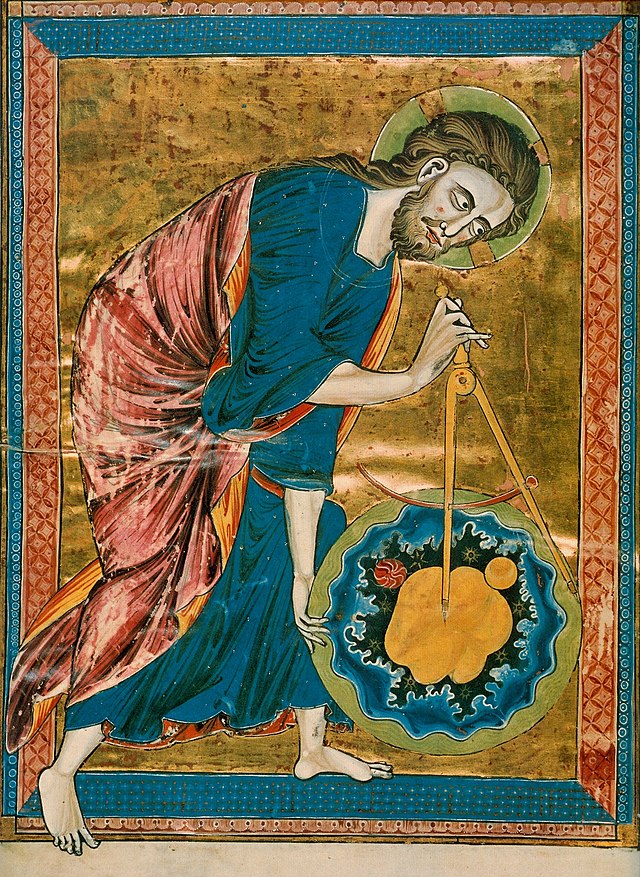Line 90:
{{See also|War in Heaven}}
[[Hades]] in the [[New Testament]] is a temporary holding place, to be used only until the [[Christian eschatology|end of time]], when its inhabitants will be thrown into the pit of [[Gehenna]] or the [[Lake of Fire]] (Revelation 20:10–14).<ref name="Kelly2010p122">{{harvnb|Kelly|2010|p=122}}</ref> This lake is either underground, or will go underground when the "[[The New Earth|new earth]]" emerges.<ref name="Kelly2010p122"/> The [[Satan]] does not inhabit or supervise the underworld – his sphere of activity is the human world – and is only to be thrown into the fire at the end of time.<ref name="Kelly2010p122"/> He appears throughout the Old Testament not as God's enemy but as his minister, "a sort of Attorney-General with investigative and disciplinary powers", as in the [[Book of Job]].<ref name="Kelly2010p122"/> It was only with the early [[Church Fathers]] that he was identified with the [[Serpents in the Bible#Eden|serpent]] in the [[Garden of Eden]] and came to be seen as an active rebel against God, seeking to thwart the divine plan for humankind.<ref name="Kelly2010p122"/>
== Post-biblical cosmology ==
The earliest Jewish writings to discuss cosmology outside of the Bible is the [[Book of Enoch#Astronomical Book|Astronomical Book]] (earlier) and the [[Book of Enoch#The Book of the Watchers|Book of the Watchers]], both of which have been compiled into the [[Book of Enoch]]. The Astronomical Book focuses on the Earth in its 77th chapter, where it has a fourfold division into the north, south, east, and west. It also offers another threefold division, corresponding to the region inhabited by humans, the region inhabited by other creatures (the sea, forests, and so on), and the "garden of righteousness" (''gannata ṣedq''). At the edge of the earth lies seven great mountains, rivers, and islands, all of which are bigger than any of their counterparts within Earth's circumscribed area.{{Sfn|Reed|2016|p=74–75}} The Book of Watchers focuses on the cyclic elements of the cosmos experienced by humans, especially the paths of the sun, moon, stars, the shifts of the season, the movements of seas and rivers, and so on. For this book, however, man has made corrupted use of what should be a righteous for of contemplating the cosmos, by instead turning its elements into weapons and performing [[divination]] on the astral bodies. In response, the text focuses on the voices coming from the gates of heaven, archangels, to whom pleas can be made such that they petition God to intervene for the sake of meting out punishment and purification.{{Sfn|Reed|2016|p=77–78}} The Book of Watchers also records the ascent of Enoch into heaven, where clouds, shooting stars, and other natural forces help him up to a three-tiered palace in the heavenly abode, one which resembles the [[Temple in Jerusalem]]. Here, Enoch sees the 'storehouses of all the winds': these windows are forces which support the earth and firmament, move the astral bodies in their paths, and expand the skies.{{Sfn|Reed|2016|p=79–81}} During Enoch's ascent, he reaches the largest (and throne-like) of the seven mountains where God himself is said to take seat. Later in the tour, he finds a mountain at the 'center of the earth' (26:1).{{Sfn|Reed|2016|p=82–83}}
[[3 Baruch]] has a bipartite involving heaven and earth without mention of an underworld. Aside from Jerusalemite topography and a list of rivers, no geographic description of earth is offered. The water circle that integrates the heavenly and earthly waters is, however, an important concern for this text. An uncrossable river, Oceanus, separates heaven and earth and is filled by the earths rivers from one side while bring drunk from by beasts on the others. Terrestrial rivers, in turn, are supplied by heavenly waterfall (like rain and dew). The "foundation of heaven", the firmament, is heavens lowermost support. The lowermost bounds also makes contact with the uppermost ends of the earth, similar to 1 Enoch's reference that Enoch saw "the ends of earth whereon heaven rests, and the portals of the heaven open" (31:1-2). In later [[rabbinic literature]], this is described as heaven and earth coming to "kiss each other". In 3 Baruch, they meet at the Oceanus, due to the vaulted or hemispherical nature of the firmament: the lower ends of heaven meet the earth. There are 365 gates or celestial windows at the firmament through which the sun passes when it rises and sets.{{Sfn|Kulik|2019|p=240–242}} According to later rabbinic cosmography, there were 182 gates in the east, 182 in the west, and one in the center through which the sun passed right after the creation period. The need for one gate for the sun to pass through per day emerges from the revolution of heaven in relation to earth.{{Sfn|Kulik|2019|p=244}} Such gates may be contextualized into those mentioned in [[Cosmography in Archaic Greece|Archaic Greek cosmography]], like in the writings of [[Homer]], and in those described in [[ancient near eastern cosmology]].{{Sfn|Kulik|2019|p=242–243}} Unique to the [[uranology]] of 3 Baruch is that the final stage of the ascent to heaven terminates at the fifth heaven, with no others mentioned as existing beyond.{{Sfn|Kulik|2019|p=246–248}}
== See also ==
{{div col|colwidth=20em}}
Line 435 ⟶ 429:
}}
* {{Citepaper |last=Kochańczyk-Bonińska |first=Karolina |date=2016 |title=The Concept Of The Cosmos According To Basil The Great’s <i>On The Hexaemeron</i> |url=http://studiapelplinskie.pl/attachments/article/8/11%20Kochanczyk.pdf |journal=Studia Pelplinskie |volume=48 |pages=161–169}}
* {{Citepaper |last=Kulik |first=Alexander |date=2019 |title=The enigma of the five heavens and early Jewish cosmology |url=https://journals.sagepub.com/doi/full/10.1177/0951820719861900 |journal=Journal for the Study of the Pseudepigrapha |volume=28 |issue=4 |pages=239–266}}
* {{cite book
| last1 = Lee
Line 572 ⟶ 565:
| url = https://books.google.com/books?id=d_KDSNlwvRYC&q=job+cosmology&pg=PA74
}}
* {{Citebook |last=Reed |first=Annette Y. |url=https://www.academia.edu/41260636/Annette_Y_Reed_Enoch_Eden_and_the_Beginnings_of_Jewish_Cosmography_in_Charles_Burnett_and_Jill_Kraye_eds_Enoch_Eden_and_the_Beginnings_of_Jewish_Cosmography_London_Warburg_Institute_Colloquia_2016_67_94 |title=Enoch, Eden, and the Beginnings of Jewish Cosmography |date=2016 |publisher=Warburg Institute Colloquia |editor-last=Burnett |editor-first=Charles |pages=67-94 |chapter=Enoch, Eden, and the Beginnings of Jewish Cosmography |editor-last2=Kraye |editor-first2=Jill}}
* {{cite book
| last1 = Reike
|
 Article Images
Article Images